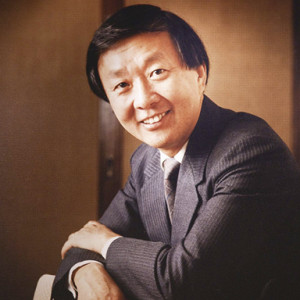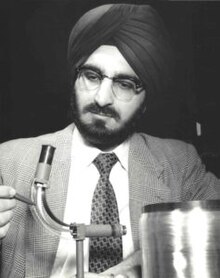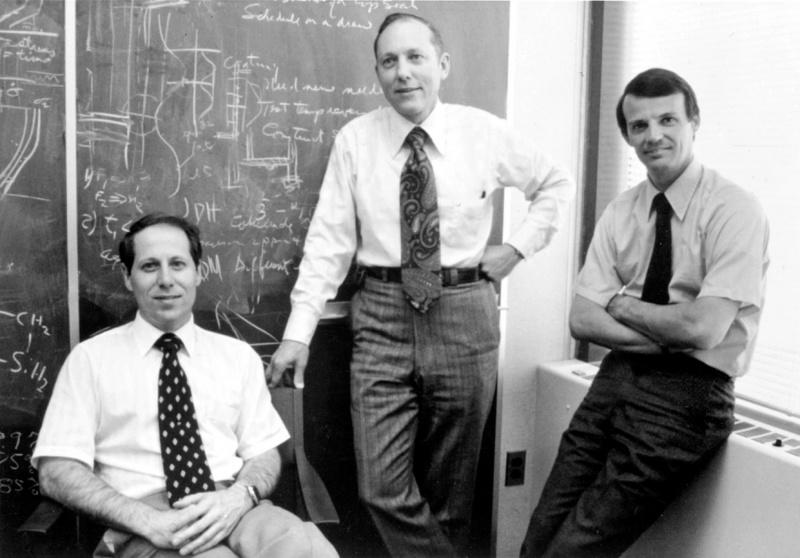Fiber optics, as a technology, has roots in various scientific discoveries and developments over time. However, credit for the invention of practical fiber optics usually goes to multiple individuals who contributed to its development rather than a single inventor.

One of the key figures in the development of fiber optics is Sir Charles K. Kao, a physicist who was awarded the Nobel Prize in Physics in 2009 for his work on the transmission of light in fibers for optical communication. Kao's research laid the groundwork for the understanding and practical application of fiber optics in telecommunications.
Sir Charles K. Kao, born in Shanghai, China, in 1933, is widely regarded as the "Father of Fiber Optics" for his pioneering work in the field. In the 1960s, while working at Standard Telecommunication Laboratories in the United Kingdom (now part of Nortel Networks), Kao conducted groundbreaking research on the transmission of light in optical fibers.
His most significant contribution was recognizing the potential of glass fibers for transmitting optical signals over long distances with minimal loss. Kao's research led to the discovery that the impurities in glass fibers were the primary cause of signal loss, paving the way for the development of low-loss optical fibers.
Kao's work laid the foundation for the practical implementation of fiber optics in telecommunications, enabling the rapid expansion of high-speed internet and long-distance communication networks. In recognition of his groundbreaking contributions to the field, Kao was awarded the Nobel Prize in Physics in 2009, alongside Willard S. Boyle and George E. Smith, for "groundbreaking achievements concerning the transmission of light in fibers for optical communication." Sir Charles K. Kao's work continues to have a profound impact on modern telecommunications and information technology.

Another important figure is Dr. Narinder Singh Kapany, often referred to as the "Father of Fiber Optics." Kapany conducted early experiments in the 1950s that demonstrated the transmission of images through bundles of optical fibers. His work helped pave the way for the use of fiber optics in various applications, including telecommunications and medical imaging.
Dr. Narinder Singh Kapany, born in Moga, Punjab, India, in 1926, is often referred to as the "Father of Fiber Optics" for his pioneering work in the field. In the 1950s, while studying at Imperial College London, Kapany conducted experiments that demonstrated the transmission of light through transparent fibers, which laid the foundation for modern fiber optics technology.
Kapany's early research focused on bundling together thousands of glass fibers to transmit images, leading to the development of fiber optic imaging devices such as endoscopes. His work challenged the prevailing belief at the time that light could not be transmitted effectively through fibers over long distances.
Kapany's contributions were not only technical but also entrepreneurial. He founded Optics Technology Inc. in the United States in 1960, which played a significant role in the commercialization and widespread adoption of fiber optics technology.
While Sir Charles K. Kao's research focused more on the transmission of light in optical fibers for telecommunications, Dr. Narinder Singh Kapany's work pioneered the use of fiber optics in imaging and medical applications.
In recognition of his contributions to the field of optics and fiber optics, Dr. Narinder Singh Kapany has received numerous honors and awards, including the Padma Vibhushan, one of India's highest civilian awards, in 2019. He passed away in December 2020, leaving behind a legacy of innovation and entrepreneurship in the field of optics.

Additionally, other scientists and engineers such as Robert Maurer, Peter Schultz, and Donald Keck made significant contributions to the development of fiber optics, particularly in the fabrication of low-loss optical fibers, which are crucial for efficient transmission of light signals over long distances.
Therefore, while no single individual can be credited with the invention of fiber optics, a collective effort by various scientists and researchers over time has led to its development into the revolutionary technology it is today.
03-21
202502-12
202509-12
202409-05
202408-16
202408-07
202408-06
202408-02
202407-30
202407-29
2024
